
Skyscanner vs Kayak: Which Flight Comparison Tool Saves You More in 2025?
Planning a trip can feel like a lot, especially when you’re staring down a bunch of travel search engines. Skyscanner and Kayak are two of the biggest names out there, but which one should you actually trust with your next adventure?
Skyscanner tends to be more comprehensive with airfare, but Kayak brings some pretty slick tech and planning tools to the table.
Both sites help you hunt for travel deals, but they play to different strengths. Skyscanner casts a wider net—some folks even notice it pulls in Kayak’s deals, too.
Kayak leans into technology, offering features that can make planning feel less like a chore and more like a game.
Contents
- Key Takeaways
- Overview of Skyscanner and Kayak
- What Is Skyscanner?
- What Is Kayak?
- Company Backgrounds
- User Interface and Ease of Use
- Website Navigation
- Mobile App Experience
- Flight Search and Comparison Features
- Search Filters and Flexibility
- Price Alerts and Notifications
- Price Accuracy and Transparency
- Displayed Prices vs. Final Costs
- Hidden Fees and Disclaimers
- Booking Options and Partner Integrations
- Direct Booking Capabilities
- Airline and OTA Partnerships
- Accommodation and Travel Extras
- Hotel Search and Booking
- Ground Transport and Car Rentals
- Comparison with Other Travel Platforms
- Google Flights vs. Skyscanner and Kayak
- Momondo Alternatives
- Unique Tools and Features
- Explore and Everywhere Tools
- Multi-City and Flexible Date Searches
- International and Niche Route Capabilities
- Coverage of Niche Airports and Airlines
- Popular Routes like New York
- Value for Money and User Trust
- Level of Customer Support
- User Reviews and Ratings
- Frequently Asked Questions
- How do Hopper’s predictions compare to Skyscanner and Kayak’s fare finders?
- Can you rely on Skyscanner’s bookings or should you double-check with airlines?
- What unique features does Kayak offer that might make it a more suitable option than Skyscanner?
- When comparing Skyscanner, Kayak, and Google Flights, which service offers the best value for international travel?
- What are Skyscanner’s limitations when it comes to multi-city and complex itinerary searches?
- How accurate are the fare forecasts and alerts on Kayak compared to those on Skyscanner?
- More Travel Guides
Key Takeaways
- Skyscanner covers more flights and sometimes even shows Kayak’s deals in its search results.
- Kayak stands out for tech integration and extra travel planning tools.
- Both platforms have their place, depending on what kind of traveler you are.
Overview of Skyscanner and Kayak
Skyscanner and Kayak are two well-known flight comparison tools that help you find deals on flights, hotels, and car rentals. Both use technology to make booking easier, but their features and styles aren’t quite the same.
What Is Skyscanner?

Skyscanner is a global travel search engine that compares prices across hundreds of airlines and agencies. People love its user-friendly vibe and powerful search.
You don’t buy tickets directly from Skyscanner—it sends you to the airline or booking site to finish up.
One thing that sets Skyscanner apart? The “Everywhere” search. You can find the cheapest places to fly from your home airport, which is a lifesaver if you’re flexible.
Their price alerts are also genuinely handy, pinging you when fares drop on routes you’re watching.
Skyscanner’s design is clean and straightforward. Comparing flights is simple, and you can filter by price, duration, departure times, and even environmental impact.
The mobile app works just as well as the website—search and book wherever you are.
What Is Kayak?
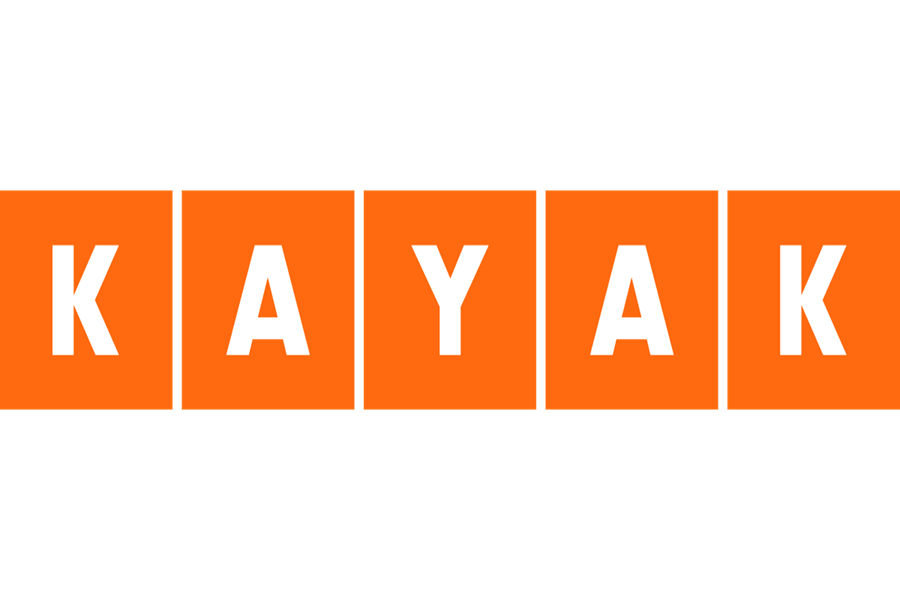
Kayak is another big travel search engine, helping you compare prices on flights, hotels, car rentals, and vacation packages. Like Skyscanner, Kayak doesn’t actually sell you the ticket—it just connects you with booking sites.
Kayak stands out for its advanced filters. You can get super specific—by airline, alliance, layover airport, even the kind of plane.
Their price forecast tool uses data to predict if fares will go up or down soon. I’ve found it’s surprisingly accurate (though not magic, sadly).
Kayak also has explore maps and fare calendars to help you spot the cheapest travel dates. The “Trips” feature keeps all your bookings in one spot, which is a lifesaver for complicated itineraries.
Company Backgrounds
Skyscanner started in 2003, founded by three IT pros in Edinburgh, Scotland. They built it from a humble Excel spreadsheet into a global travel brand with over 100 million users a month.
In 2016, Chinese travel giant Ctrip (now Trip.com Group) bought Skyscanner for about $1.7 billion.
Kayak launched in 2004, co-founded by Steve Hafner and Paul English. It quickly earned a rep for shaking up travel search.
Booking Holdings (formerly Priceline Group) acquired Kayak in 2013 for $1.8 billion.
Both companies have kept their own brands and expanded through apps and extra services. Skyscanner is stronger in Europe and Asia, while Kayak tends to dominate in North America.
User Interface and Ease of Use
When you’re comparing travel sites, how fast you can find what you want really matters. Skyscanner and Kayak each have their own spin on how you get around their sites and apps.

Skyscanner’s website looks clean and minimalist. The search box is right at the top, so you can plug in your travel details without any fuss.
I love how Skyscanner color-codes the cheapest flights—it makes comparing prices almost fun.
Kayak’s interface feels busier, but you get more filters right from the start. If you know exactly what you want, this can actually save you time.
They put tools like price alerts and fare calendars front and center. Switching between flights, hotels, and car rentals is easy on both, but sometimes Kayak’s menus make you click around a bit more.
Mobile App Experience
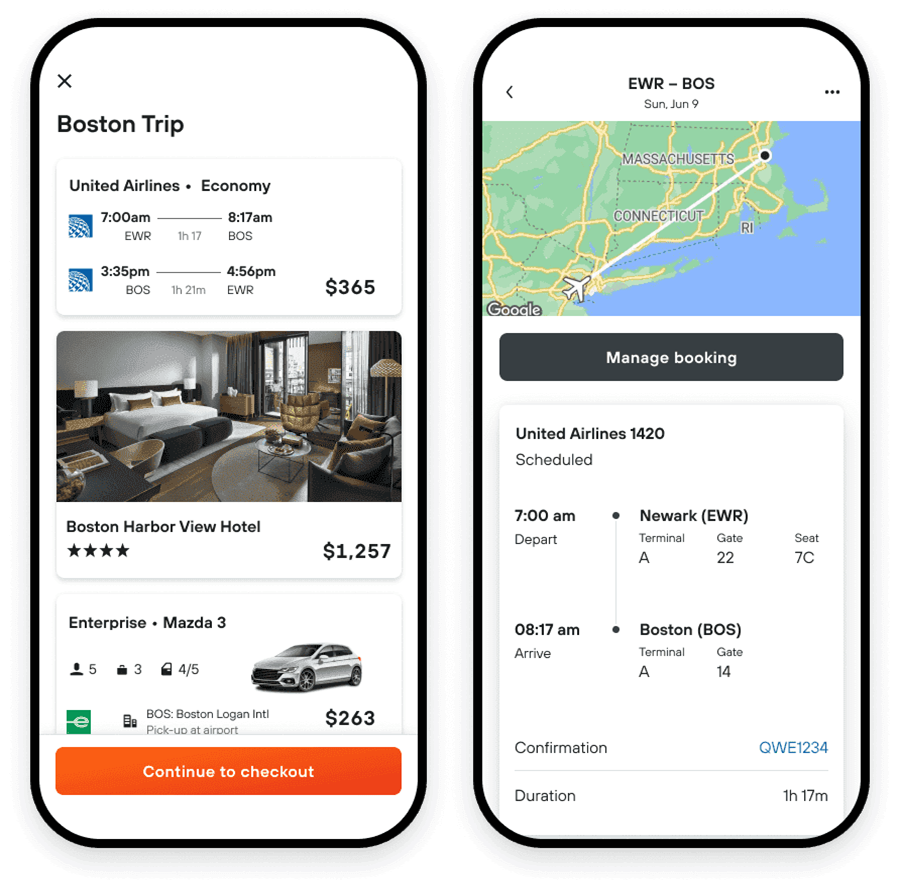
The Skyscanner app for iOS keeps things simple. It mirrors the website’s clean look, and swiping through results just feels natural.
The app loads fast—even when your connection’s spotty (which saved me more than once in the middle of nowhere).
Kayak’s app brings some cool extras, like flight tracking and terminal maps. The bold colors and big buttons help when you’re tapping around in a hurry.
Both apps let you save searches and set up price alerts. Skyscanner’s notifications seem more reliable to me, though.
Kayak’s in-app booking confirmations are clearer, with easy-to-read receipts and itinerary management.
Flight Search and Comparison Features
Skyscanner and Kayak both pack in a lot of tools to help you chase down flight deals. But they go about it a bit differently, especially when it comes to search options and price alerts.
Search Filters and Flexibility
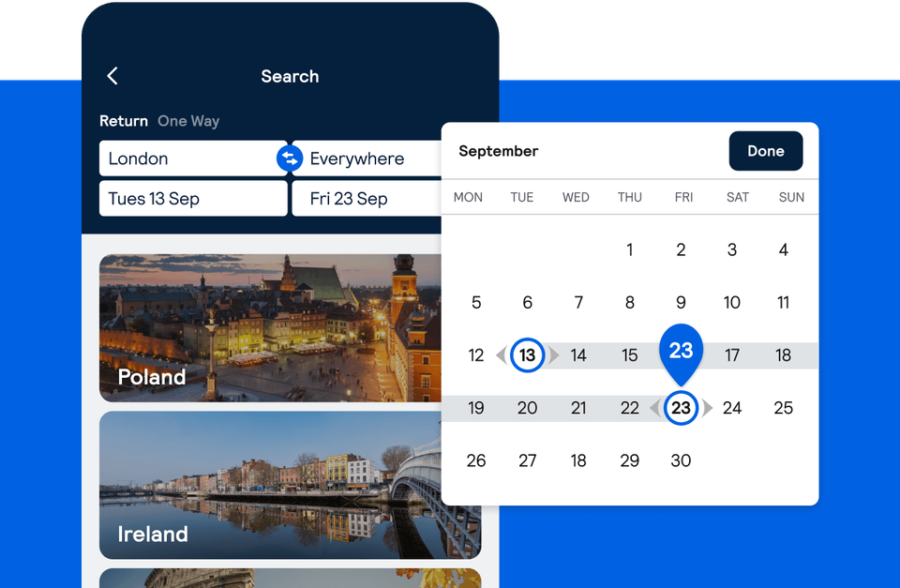
Skyscanner is super flexible if you aren’t tied to specific dates. The “Everywhere” option is gold if you just want to go somewhere cheap.
You can search by whole month, or even pick the cheapest month of the year. Makes planning around deals way easier.
Kayak’s filters go deep. You can narrow by airline alliance, layover duration, or even plane type.
Their “Hacker Fares” mix one-way tickets from different airlines for cheaper round trips. That’s a clever touch.
Both sites let you filter by times, prices, and airlines. Kayak feels more data-heavy, while Skyscanner feels more visual and friendly for casual users.
Price Alerts and Notifications
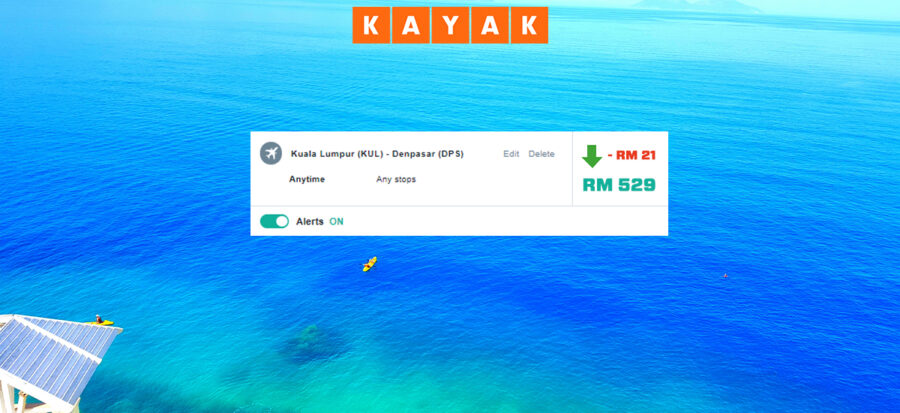
Price alerts are a must for snagging deals. Skyscanner keeps it simple—pick your route, get notified when prices drop.
Their predictions are usually solid, based on past data.
Kayak goes a step further with its Price Forecast. It’ll tell you whether to book now or wait, complete with a confidence percentage.
You’ll get updates by email or in the app.
I’ve noticed Kayak’s alerts come more often, but sometimes it’s a bit much. Skyscanner sends fewer, but they tend to matter more.
You can tweak alert frequency and set price thresholds on both, so you’re not buried in notifications.
Price Accuracy and Transparency
When you’re comparing flights, you want to know what you’ll really pay. Skyscanner and Kayak both aim for accurate pricing, but they handle fees and final costs a bit differently.
Displayed Prices vs. Final Costs
Skyscanner usually shows prices with most taxes and fees included. They track over 1,200 airlines to help you find the lowest prices.
I’ve found they’re pretty good about showing the total cost upfront, so you don’t get that nasty surprise at checkout.
Kayak uses a color-coded system to signal price trends—green means prices probably won’t go up, red means you should book soon.
Their price prediction tool claims 95% accuracy, which is impressive if you believe it.
Both sites update prices often, but sometimes you’ll click through and find the fare’s gone. Airfares change fast, and sometimes the sites can’t keep up.
Hidden Fees and Disclaimers
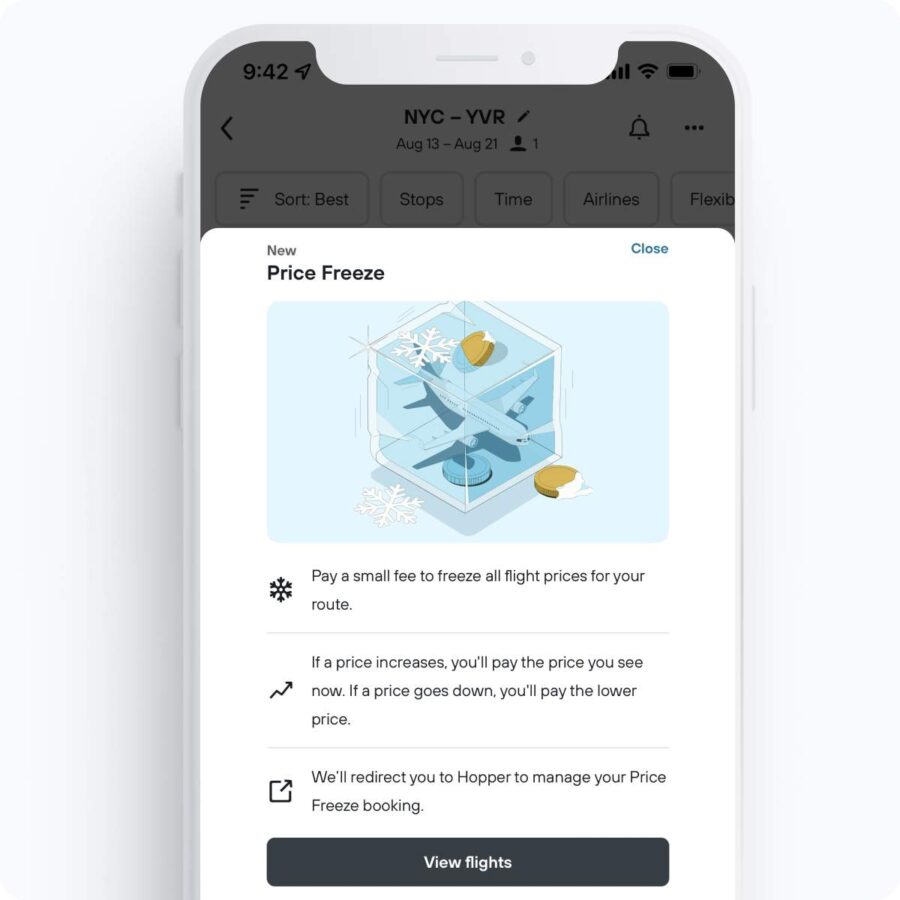
Extra charges can sneak up on you. Kayak’s “Price Freeze” lets you lock in a fare for a fee, which can be worth it if you’re not quite ready to pull the trigger.
Skyscanner leans into transparency and tries to flag when baggage fees or basic economy fares might apply.
Both sites put disclaimers about price changes, but they’re not always easy to spot. You’ll want to check for details about baggage, seat selection, and meal options before you book.
Honestly, neither site is perfect at surfacing every possible fee. Always double-check the final page for credit card surcharges or auto-added travel insurance.
Booking Options and Partner Integrations
Skyscanner and Kayak each have their own approach to booking and partner with different companies. How you book—and who you book with—might sway your decision.
Direct Booking Capabilities
Skyscanner usually sends you off to the airline or travel agency to finish booking. Some people like this transparency—you know exactly who you’re booking with.
Kayak is more flexible. You can book directly on Kayak for lots of flights, which saves you from bouncing between sites.
For some deals, Kayak still redirects you to partners.
Both let you compare prices from multiple sources. Kayak’s direct booking is handy if you’re in a rush and want to keep things simple.
Airline and OTA Partnerships
Skyscanner teams up with hundreds of airlines and OTAs worldwide—big names like British Airways and Aer Lingus, plus plenty of smaller carriers.
Sometimes, Skyscanner even shows Kayak’s deals, so you get a really broad view.
Kayak has a ton of partnerships too, but the mix is a little different. Since Booking Holdings owns Kayak, they have strong ties to Booking.com and Priceline.
For flights in and out of airports like Cork (ORK), you’ll see similar options on both, but the deals might not always match up.
Kayak also lets you book multi-city trips, which Skyscanner doesn’t. That’s a big plus if you’re planning a complicated route.
Accommodation and Travel Extras
Skyscanner and Kayak both go beyond flights—they help you sort out where to stay and how to get around once you land.
Hotel Search and Booking
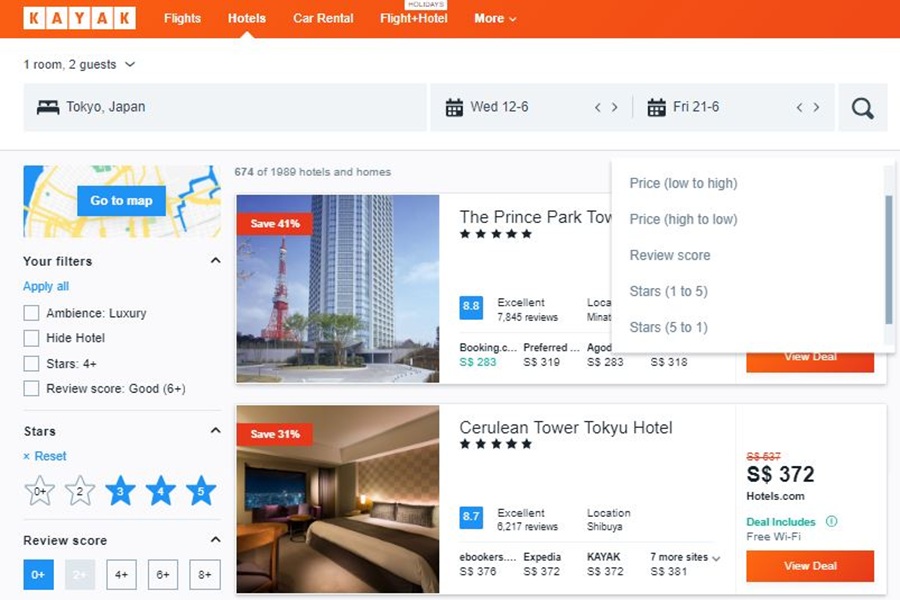
Kayak’s hotel search is pretty robust. When I booked hotels in big cities, Kayak showed a wide range and let me filter by neighborhood, amenities, and guest rating.
You can sort by “recommended,” which balances price with quality using their own algorithm.
Skyscanner’s hotel search feels simpler, and sometimes you’ll get fewer options. They partner with different booking sites to stay competitive on rates.
The map view is super helpful if you want to stay in a specific part of town.
Both sites show user reviews, but Kayak usually has more detailed property descriptions and photos.
If you’re picky about hotel amenities like pools or breakfast, Kayak’s filters give you more control.
Ground Transport and Car Rentals

Car rental comparison is where these platforms really start to diverge. Kayak’s car rental search covers both major companies and local providers.
You can filter by car type, pickup location, and features like unlimited mileage. That level of detail makes it much easier to find what you need.
Skyscanner’s car rental service is fine but honestly feels less developed than their flight tools. They team up with rentalcars.com, so you’re basically using their affiliate.
For other ground transport, Kayak has started to pull in ride-sharing services in some places. This comes in clutch for airport transfers.
Skyscanner doesn’t have that, but sometimes you’ll find airport shuttle info on their listings. It’s a small thing, but sometimes it matters.
Both services let you bundle your car rental with flights or hotels, which can save you some cash. Personally, I’ve noticed Kayak’s package deals edge out Skyscanner’s just a bit.
Comparison with Other Travel Platforms
Skyscanner and Kayak both go head-to-head with other travel search engines. Each has its own quirks when it comes to finding the best deals.
Google Flights vs. Skyscanner and Kayak

Google Flights has really shaken things up in the flight search world. Unlike Skyscanner and Kayak, Google Flights doesn’t send you off to booking sites—it just shows you where to book.
If you know exactly what you want, that can really speed things up. Google’s interface is ridiculously clean and loads results fast.
The calendar view showing price swings is super handy when your dates are flexible. But does Google Flights always find the lowest fares? Not really.
Skyscanner often digs up better deals, especially with budget airlines. Kayak usually lands somewhere in between.
Google’s trip planning tools are honestly excellent. Their price prediction feature tells you whether to book now or wait—a feature Kayak has too, but Skyscanner doesn’t.
Momondo Alternatives
Momondo works a lot like Skyscanner and Kayak but brings its own flavor. Its search algorithm is surprisingly good at finding weird route combos that can save you money.
Momondo’s “Trip Finder” is neat if you’re flexible about where to go. You put in your budget and travel dates, and it throws out destination ideas.
Neither Skyscanner nor Kayak really does this in the same way. For hotels, Momondo’s search is more comprehensive and often lists smaller boutique places the others skip.
One thing to note: Momondo’s app just isn’t as slick as Skyscanner’s or Kayak’s. The interface feels a bit clunky and slower to use.
If you’re chasing the absolute best deals, I’d say check both Skyscanner and Momondo. They tend to find different fares, so using both gives you a better shot at a bargain.
Unique Tools and Features
Skyscanner and Kayak both offer some nifty tools that make planning trips less of a headache. These features can help you find deals you might overlook.
Explore and Everywhere Tools
Kayak’s “Explore” tool is a lifesaver when you’re feeling spontaneous but don’t have a destination in mind. Set your home airport and budget, and you get a map of places you can actually afford.
I’ve used it a few times when I just needed a quick escape and didn’t want to dig through endless options. Skyscanner’s answer is their “Everywhere” search.
This feature lets you see the cheapest destinations from your location. Just pick your departure city and select “Everywhere”—it’s perfect if you’re open to anywhere as long as it’s cheap.
Both tools are a dream for spontaneous travelers or anyone with flexible plans. I do find Skyscanner’s version a bit more user-friendly, but Kayak’s map gives you a nice visual overview.
Multi-City and Flexible Date Searches

For complicated trips, Kayak’s multi-city search really stands out. You can build itineraries with up to six flights, which is a lifesaver for backpackers or people visiting multiple relatives.
Their flexible date calendar shows prices for three days before and after your chosen dates. Skyscanner does it differently with their month-view calendar.
You can see prices across the whole month, making it easy to spot the cheapest days. Their multi-city option isn’t as robust as Kayak’s, but it’s straightforward.
If you’re a business traveler visiting lots of cities, Kayak’s tool is probably your best bet. But if you’re just after the cheapest time to visit one spot, Skyscanner’s month view is hard to beat.
International and Niche Route Capabilities
When you’re planning international travel, Skyscanner and Kayak each bring something different to the table for finding flights to those less common places. Their strengths with niche airports can really affect your trip.
Coverage of Niche Airports and Airlines
Skyscanner really shines when you need flights to out-of-the-way destinations. It consistently includes more regional and budget carriers that Kayak sometimes overlooks.
Trying to reach smaller European cities or remote Asian spots? Skyscanner often pulls up options that Kayak misses.
Last year, I searched for flights to Corsica, and Skyscanner found airlines like Air Corsica that Kayak didn’t show. Kayak tends to focus on major carriers, though it’s gotten a little better with smaller airlines lately.
If you’re booking with Aer Lingus or British Airways, both platforms work fine, but Skyscanner usually finds more connections through smaller airports.
Popular Routes like New York
For big routes, such as flights to New York (ORK), both platforms perform well, but with different strengths. Kayak usually lists more fare options from legacy carriers and provides more detail about in-flight amenities.
Skyscanner sometimes beats Kayak on price for New York routes by including more budget carriers and smaller agencies. In my searches last month, Skyscanner found New York flights about $37 cheaper on average.
Both offer price alerts for popular destinations. Skyscanner’s “everywhere” search is especially handy if you want to fly out of a specific airport like JFK or LaGuardia but aren’t set on where to go.
Value for Money and User Trust
Skyscanner and Kayak both offer free services, but they go about delivering value and earning trust a bit differently. Their approaches to customer support and user ratings can sway your choice.
Level of Customer Support
Skyscanner handles support mainly through their help center and email. Response times vary, but people often wait 24-48 hours for non-urgent stuff.
Since they don’t handle bookings directly, their support feels pretty hands-off. Kayak, on the other hand, offers a chatbot for quick questions and email support.
They’ve also beefed up their phone support for emergencies, which can be comforting if your plans suddenly change. Both sites usually send you to the actual booking provider for most issues.
This runaround can get frustrating if you’re stuck between the comparison site and the booking company.
User Reviews and Ratings
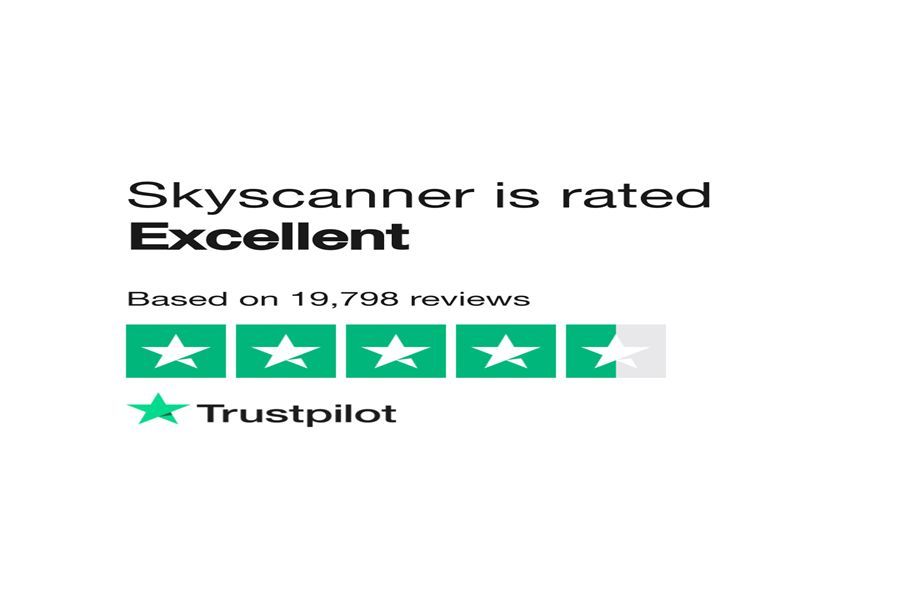
Skyscanner gets a lot of love for its clean interface and thorough search. People rave about the “everywhere” feature for spontaneous trips.
Some trust issues pop up when users book through lesser-known third-party sites found on Skyscanner. Kayak users like the price prediction tools and fare alerts.
Interestingly, Kayak’s deals often show up on Skyscanner, so there’s some overlap. Both platforms have taken heat for pricing discrepancies.
Sometimes the price you see at first jumps during checkout, which feels like a bait and switch. That stings, and it has hurt trust for some travelers.
Neither service is flawless, but regular travelers who understand how comparison sites work seem to stick with them.
Frequently Asked Questions
Travel comparison sites like Skyscanner and Kayak have their own quirks that can affect your booking experience. Here are some answers to questions travelers ask when picking between these two.
How do Hopper’s predictions compare to Skyscanner and Kayak’s fare finders?
Hopper focuses on price predictions using AI that chews through billions of flight prices every day. Their color-coded calendar shows when flights will probably be cheapest.
Skyscanner and Kayak offer price alerts but don’t have Hopper’s fancy prediction tech. Hopper claims 95% accuracy, which can be a game-changer if your dates are flexible.
I’ve noticed Hopper sometimes finds last-minute deals the others miss.
Can you rely on Skyscanner’s bookings or should you double-check with airlines?
Always double-check prices on the airline’s website before booking through Skyscanner. Sometimes the listed price skips baggage fees or seat selection.
Skyscanner works with third-party booking sites that can show outdated prices. I’ve had a deal jump in price at checkout—super annoying.
Take screenshots of deals you find and be skeptical of fares that seem way too low.
What unique features does Kayak offer that might make it a more suitable option than Skyscanner?
Kayak’s Price Forecast tool tells you whether to book now or wait, using historical data and trends. Their Explore map lets you see destinations worldwide based on your budget.
You can filter by weather, flight duration, and activities like beaches or skiing. Kayak also has a solid mobile app with offline itinerary access and real-time flight updates, which has saved me during travel disruptions.
When comparing Skyscanner, Kayak, and Google Flights, which service offers the best value for international travel?
Skyscanner usually finds the lowest international fares by scanning more budget and regional airlines. The “everywhere” search is perfect for flexible travelers.
Google Flights nails it with a clean interface and super-fast results, but it sometimes misses smaller airlines. Kayak sits in the middle but offers great fare analysis tools.
Honestly, it’s worth checking all three before booking a big international trip.
What are Skyscanner’s limitations when it comes to multi-city and complex itinerary searches?
Skyscanner’s multi-city search doesn’t always find the best combo of flights. It tends to stick with certain airlines and can miss creative routes.
Booking complex trips with open-jaw tickets (flying into one city, out of another) can be tricky. The site sometimes struggles to mix different airlines for each leg.
You might do better piecing together separate one-way tickets or even using a travel agent for really complicated international itineraries.
How accurate are the fare forecasts and alerts on Kayak compared to those on Skyscanner?
Kayak claims about 85% accuracy with their fare forecasts. They say their price prediction algorithms are pretty sophisticated, and honestly, it does seem that way.
Skyscanner’s price alerts are decent for tracking specific routes. But they don’t really try to predict future prices—they just ping you when something changes.
I’ve tried both. Kayak’s predictions actually helped me save around 15% on a few bookings because I knew exactly when to hit “buy.”



